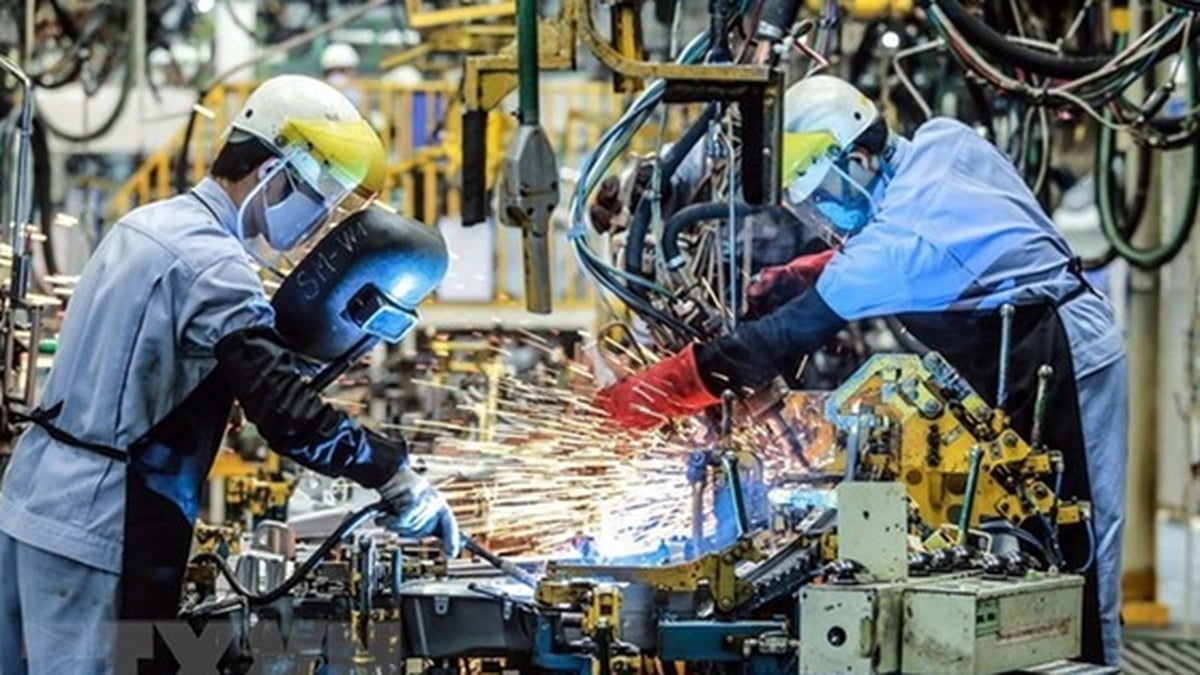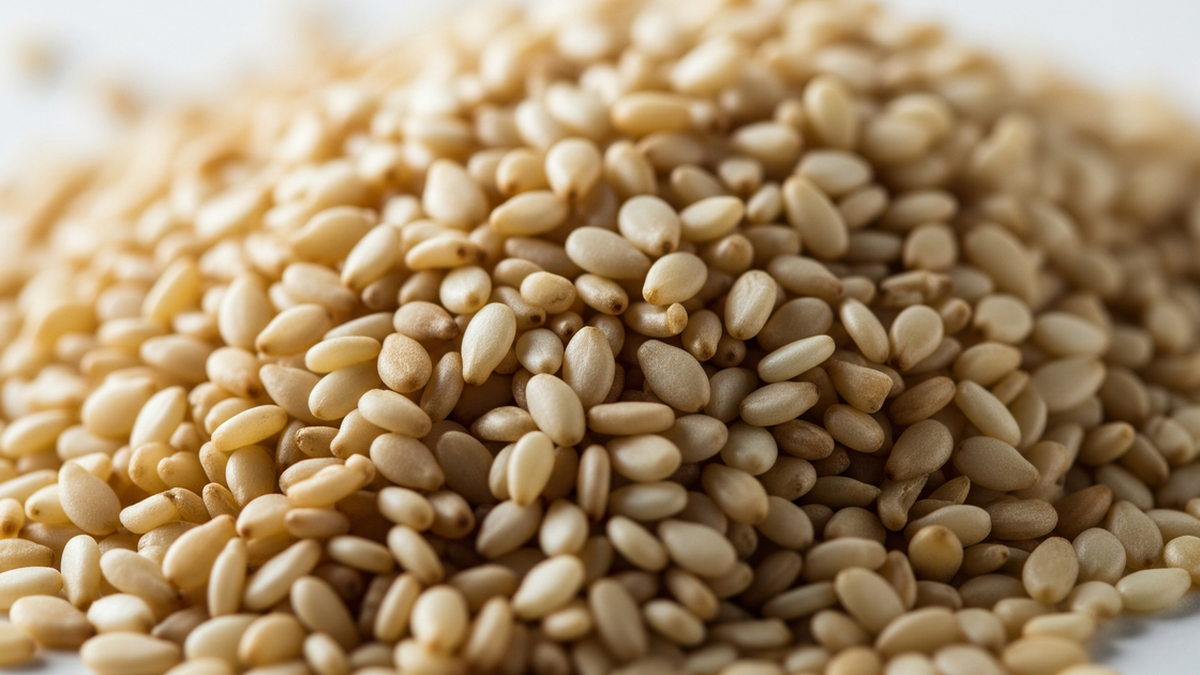Many modern cars today are equipped with different driving modes, the most popular of which are “Sport Mode” and “Eco Mode”. As the name suggests, “Eco Mode” - short for “Economy Mode” - is designed to optimize fuel consumption, especially in situations that do not require too much engine performance.
When this mode is activated, the ECU will adjust a series of parameters to reduce fuel consumption. Depending on the manufacturer, the changes may vary, but in general, they are aimed at more efficient operation.
One of the most noticeable changes is that the accelerator pedal will be less sensitive, so the car will respond more slowly even when the driver presses hard, helping to limit unnecessary fuel consumption. Some cars will also shift gears earlier than usual, while high-end models can automatically limit the capacity of the air conditioning system to save energy.
In terms of when to use it, “Eco” mode is ideal when you are driving in the city or on the highway at a steady speed. In heavy traffic conditions, where the car often stops and starts, “Eco” mode significantly reduces fuel consumption, which is higher than when driving on the highway.
For long journeys with little sudden acceleration, activating economy mode will be clearly effective, providing economic benefits without affecting the daily driving experience.
What if your car doesn't have an “Eco” mode?
Many older cars don’t come with driving modes, including an “Eco” mode. However, that doesn’t mean you can’t drive fuel-efficiently.
In fact, “Eco” mode mainly helps to fine-tune the throttle response and transmission to help the car operate more efficiently, things that you can completely actively adjust through driving habits.
By keeping the accelerator pedal gentle, avoiding sudden acceleration and shifting gears early (in manual transmission vehicles), you can simulate the efficiency of “Eco” mode without the need for assistive technology. In addition, maintaining a steady speed and limiting sudden braking also contributes to significantly reducing fuel consumption.
Another often overlooked factor is the air conditioning system. Instead of opening the windows at high speeds, which increases wind resistance and wastes fuel, use the air conditioning at a moderate temperature. In addition, make sure your tires are always inflated to the manufacturer's recommended pressure to optimize rolling ability and reduce drag.
When driving on the highway, shifting to a higher gear in a timely manner and using cruise control will help the vehicle maintain a steady speed, one of the key factors in achieving ideal fuel consumption.
In short, even without an “Eco” mode, you can still drive in an “environmentally friendly” way with just a few simple adjustments to your daily driving habits. In many cases, a smooth and reasonable driving habit is more effective than the fuel-saving technologies in modern cars.
Source: https://baonghean.vn/che-do-eco-tren-xe-o-to-co-tac-dung-gi-va-khi-nao-nen-su-dung-10302379.html




















































![[Maritime News] More than 80% of global container shipping capacity is in the hands of MSC and major shipping alliances](https://vphoto.vietnam.vn/thumb/402x226/vietnam/resource/IMAGE/2025/7/16/6b4d586c984b4cbf8c5680352b9eaeb0)













































Comment (0)